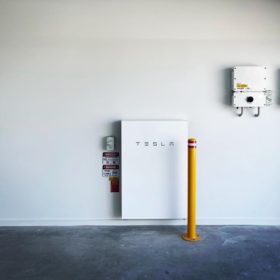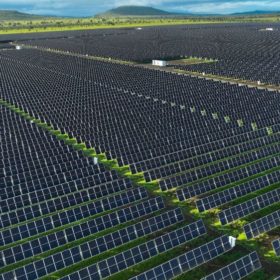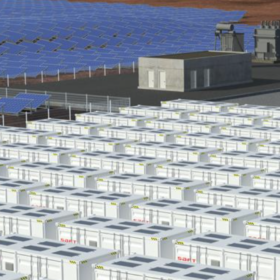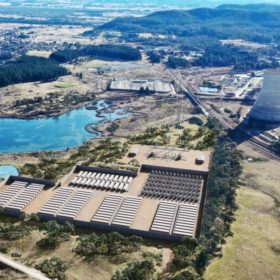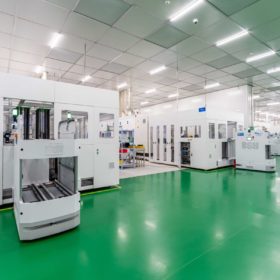ACT pulls plug on Next Gen energy storage program
A government-backed incentive scheme established to accelerate the introduction of distributed solar energy storage in the Australian Capital Territory is to be wound up having achieved its target of subsidising the installation of about 5,000 batteries over the past seven years.
Mytilineos advances Australian solar ambitions with major finance package
A 110 MWp Queensland solar farm that is fully constructed and currently undergoing hold-point testing is one of a trio of PV assets that Greece-based industrial conglomerate Mytilineos has secured finance for as it looks to further establish its position in the Australian renewable energy market.
Schneider Electric releases residential solution with battery, inverter, EV charger
Schneider Electric’s new Schneider Home platform includes a smartphone app to monitor and allocate energy resources.
Video: ISC Konstanz director predicts 50% global market share for IBC solar panels by 2030
Radovan Kopecek, the co-founder and director of Germany’s ISC Konstanz, says interdigitated back contact (IBC) tech could account for half of the global market for solar modules by 2030. He says IBC will start to dominate once TopCON and HJT get stuck at certain efficiency limits, and he believes TOPCon will be the first victim.
Sun Cable enters voluntary administration
Sun Cable, the developer of the world’s largest solar and battery project, backed by two of Australia’s most powerful energy players – Andrew Forrest and Mike Cannon-Brooks – has entered voluntary administration. It is not yet clear what this will mean for the company’s hallmark project, the Australia-Asia PowerLink, though the company’s executives appear optimistic.
Contract awarded for New Zealand’s first big battery
New Zealand is set to have its first big battery by 2024, after Meridian Energy awarded a contract to build the 100 MW / 200 MWh Ruakākā Battery Energy Storage System to Saft, a subsidiary of TotalEnergies.
Shell acquires ‘mature’ 500 MW / 1000 MWh battery in former NSW coal power station
Shell Energy has acquired the development rights for a 500 MW / 1000 MWh battery located at the former Wallerawang coal power station site, near Lithgow in the Central Tablelands region of New South Wales.
Trina Solar starts producing 210 mm n-type TOPCon solar cells
Trina Solar says its industrial tunnel-oxide passivated contact (i-TOPCon) solar cells, based on 210 mm wafers, have started rolling off the production line at its 8 GW factory in China. It will use the n-type cells to produce its new Vertex N modules, with power outputs ranging up to 605 W, and an efficiency rating of 22.4%.
Solar cell efficiency growth correlated with R&D volumes
New research highlights the crucial role of R&D in improving solar cell efficiency. The researchers discovered that it is theoretically possible to measure the promise of new solar cell technologies at any stage of development.
Independent review finds Australia’s criticised carbon credit scheme ‘sound’
The independent review into Australia’s carbon credit scheme has concluded that the scheme is not fundamentally flawed, but could be improved by greater transparency and changes to its governance.
